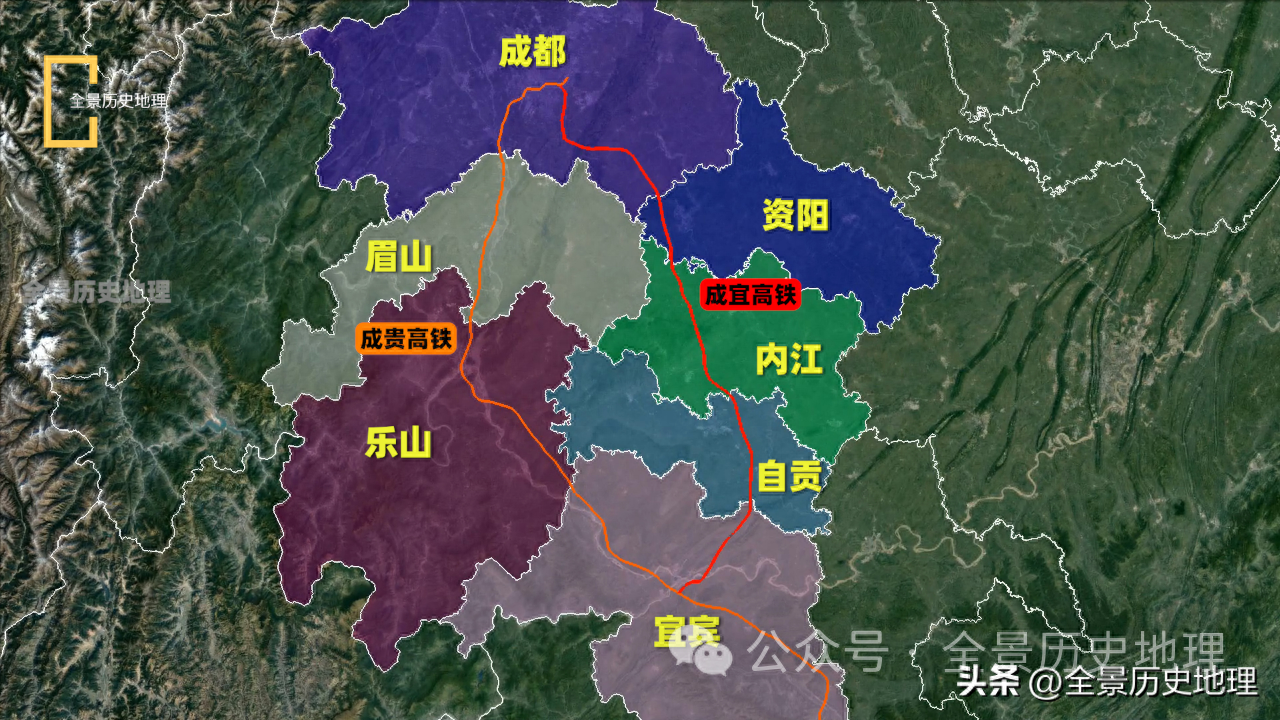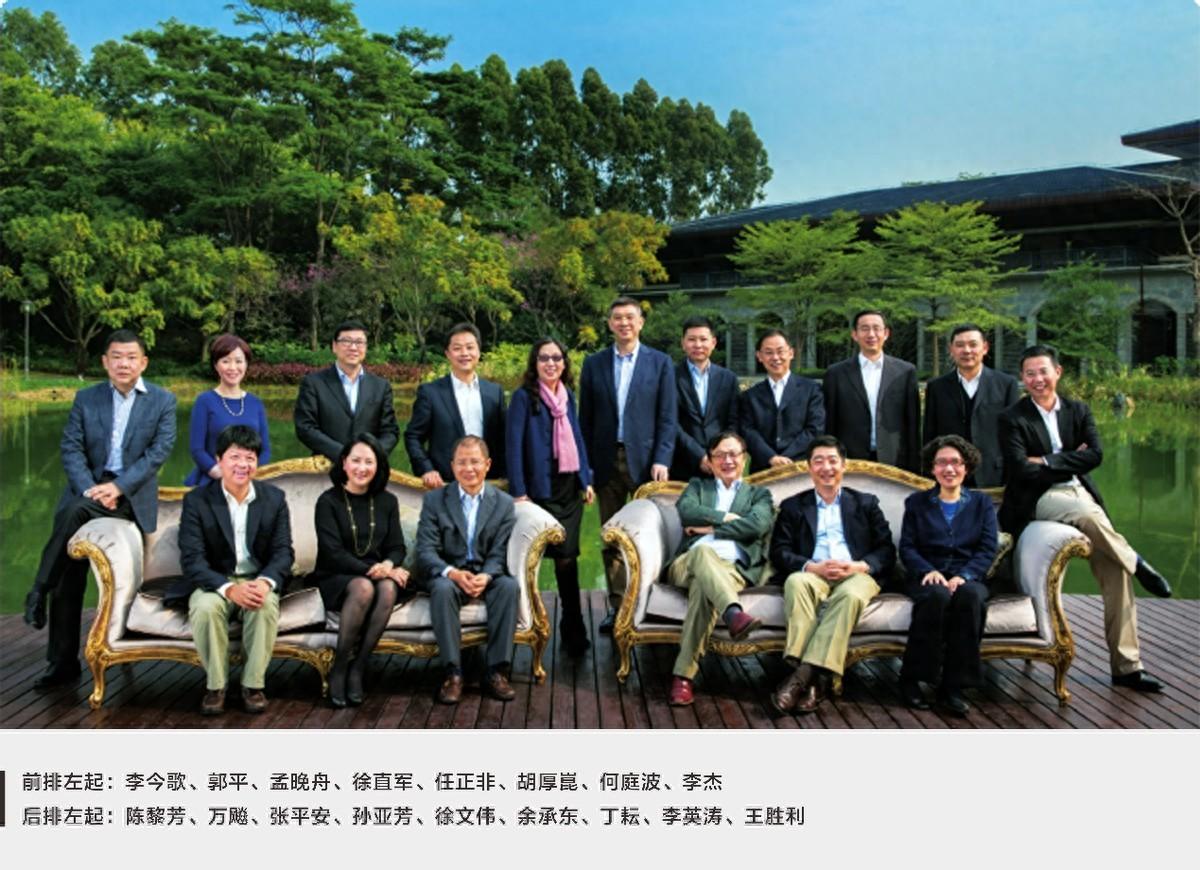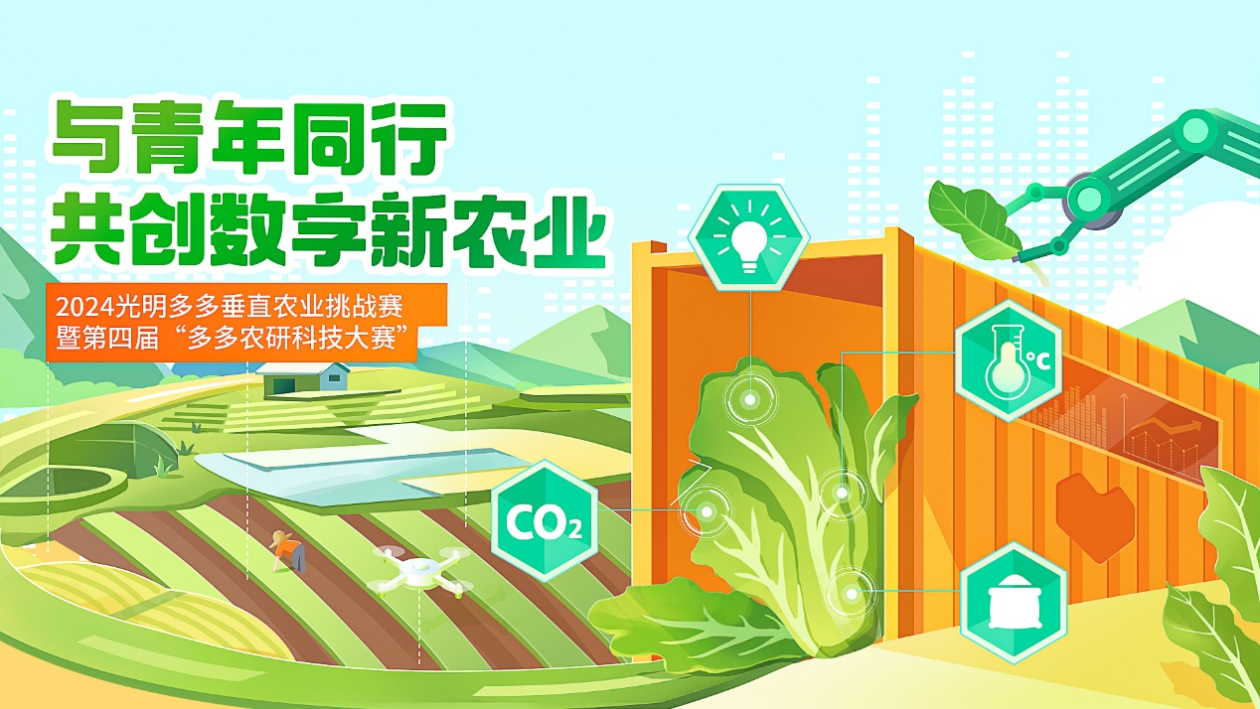Biomass "hot melt carbon rich" technology is an emerging technology, how should process design be carried out?
A Brief Introduction to Hard CoreEditor | Brief Introduction to Hard CoreprefaceAs a renewable energy source, biomass has a wide range of resource potential and environmental advantages. Its effective conversion into high value-added products is crucial for achieving sustainable development

A Brief Introduction to Hard Core
Editor | Brief Introduction to Hard Core
preface
As a renewable energy source, biomass has a wide range of resource potential and environmental advantages. Its effective conversion into high value-added products is crucial for achieving sustainable development. The "hot melt carbon rich" technology of biomass has received widespread attention as an emerging conversion method.
This technology utilizes the Solvent effects in the pyrolysis process to convert biomass raw materials into carbon rich products, which hasHigh carbon yield, low energy consumption, and adjustable productionIt is regarded as a potential pathway for biomass conversion with significant advantages.

The key to biomass "hot melt carbon rich" technology lies in understanding and mastering the influence of physical parameters on the conversion process and product properties, and based on this, process design and optimization are carried outThis article will systematically study the influence of key physical parameters of biomass "hot melt rich carbon" and propose corresponding process design suggestions, providing theoretical guidance for further research and industrial application of biomass "hot melt rich carbon" technology.
The Influence of Chemical Composition of Biomass on the Process of "Hot Dissolved Carbon Enrichment"
Biomass is produced byCellulose, Hemicellulose, ligninA complex mixture composed of various chemical components, such as the content and proportion of which have a significant impact on the "hot melt carbon enrichment" process of biomass.
The impact of cellulose content
Cellulose is the main component of biomass, and its content has a significant impact on the effectiveness of the "hot melt carbon enrichment" process,Higher content of cellulose can provide more carbon sources, thereby increasing the carbon content of the product.

Cellulose also has a high melting point and pyrolysis temperature, requiring higher temperature and energy to achieve full pyrolysis. Therefore, an increase in cellulose content may require an increase in reaction temperature or an extension of reaction time.
Effects of Hemicellulose and lignin
Hemicellulose and lignin are other important components in biomass. Hemicellulose can be rapidly pyrolyzed in the process of "hot carbon enrichment" to produce soluble products and promote the formation of carbon products.
Lignin has a high melting point and pyrolysis temperature, which requires higher energy to achieve full pyrolysis, but can generate carbon rich products. The content and characteristics of Hemicellulose and lignin have a significant impact on product distribution and carbon yield.

Effects of other components
In addition to cellulose, Hemicellulose and lignin, biomass also contains some other components,Such as ash, moisture, volatile substances, etc., these components may produce some by-products or affect the progress of the reaction during the "hot melt carbon enrichment" process.
Ash may react with the catalyst, affecting its activity;The presence of moisture and volatile substances may lead to the presence of a large amount of gas products in the products. Understanding and controlling the content and characteristics of these other components is also an important factor in achieving efficient "hot melt carbon rich" conversion.

The Effect of Reaction Temperature on Product Quality and Carbon Yield
The influence of temperature on product distribution
Reaction temperature is one of the important factors that regulate the distribution of products. Generally speaking, as the reaction temperature increases, the amount of gas products generated will increase, while the amount of solid and liquid products generated may decrease,Higher temperature is conducive to the pyrolysis and Gasification of biomass, leading to the increase of gas products (such as CO, CO2, CH4, etc.).
A lower temperature may be beneficial for the formation of carbon rich products (such as carbon black or tar), and when selecting the reaction temperature, it is necessary to comprehensively consider the characteristics of the required products and the requirements for yield.
The Effect of Temperature on Carbon Yield
The reaction temperature has an important impact on carbon yield, and a higher reaction temperature can improve carbon yield because high temperature is conducive to the pyrolysis and carbonization reactions of biomass. Under high temperature conditions, carbon elements in biomass are more likely to form solid carbon products, thereby improving carbon yield.

Excessive temperature may lead to excessive combustion and pyrolysis of the productTo reduce carbon yield, it is necessary to find the optimal equilibrium point within an appropriate temperature range to achieve high carbon yield and ideal product quality.
Different reaction temperatures may also lead to changes in the chemical structure and properties of the productAt higher temperatures, it may promote the pyrolysis of cellulose and Hemicellulose in biomass to generate more soluble products and gas products, while at lower temperatures, it may be beneficial to retain more cellulose and Hemicellulose to form solid products with higher carbon content.
The Effect of Catalysts on the Reaction Process and Product Structure
Catalysts play a crucial role in the process of biomass "hot melting and carbon enrichment",It can regulate reaction rate, promote conversion reaction, and adjust product structure, exploring the selection of catalyst types, optimization of catalyst dosage, and the regulation of product structure by catalystsThe Effect of Catalysts on the Reaction Process and Product Structure.

Selection of catalyst types
Such as nickel, iron, molybdenum, etc.), oxide catalysts (such as titanium dioxide, aluminum oxide, etc.) and acid base catalysts (such as Zinc chloride, phosphoric acid, etc.).
Different types of catalysts have different catalytic activities and selectivity, which can guide different reaction pathways and product formation. When selecting catalysts, it is necessary to consider the characteristics of the required products and the requirements for optimizing yield.
Optimization of catalyst dosage
Optimization of catalyst dosageIt is necessary to determine the optimal catalyst dosage through experiments and optimization to balance the reaction effect and economy.

The Regulation of Product Structure by Catalysts
The catalyst can regulate the product structure and affect the carbon content, molecular structure and distribution of the product,The acid-base properties, surface activity and pore structure of the catalyst can affect the polymerization, cracking and oxidation processes in the reaction. The acid catalyst can promote the cracking of cellulose and Hemicellulose and increase the production of soluble products.
Alkaline catalysts are beneficial for the generation of gas products and acid neutralization reactions. The selection and use of catalysts can also regulate the molecular weight distribution, aromaticity, and oxygen content of the products.
The mechanism of the catalyst involves the formation of Active site and the adsorption and dissociation of reactants. In the design and preparation of the catalyst, factors such as the physical and chemical properties, surface activity and stability of the catalyst need to be comprehensively considered to improve the catalytic effect and catalyst life.

Effect of reaction time on product properties
The effect of reaction time on product yield
Reaction time refers to the duration of the reaction, which is closely related to the yield of the product. Generally,With the extension of reaction time, the product yield will gradually increase, because a longer reaction time can provide more opportunities for reaction, so that the Chemical bond in biomass can be broken and transformed to a greater extent.
However, there is also a limit to the reaction time, and after a certain period of time, the increase in product yield will tend to saturation. When determining the optimal reaction time, it is necessary to balance between product yield and reaction time.
Effect of reaction time on product structure
The reaction time also has an important impact on the formation and regulation of product structure. In a shorter reaction time, polymers in biomass mainly undergo cracking reactions, and there may be more low molecular weight compounds and gas products in the products.

As the reaction time prolongs, the cracking reaction gradually tends to balance, reducing the degree of polymer cracking and increasing the generation of carbon rich products. A longer reaction time helps to form solid products with high carbon content.
The reaction time can also affect the molecular weight distribution and structural characteristics of the product,Under a shorter reaction time, the polymer molecular weight in the product is lower, and as the reaction time prolongs, the polymer molecular weight gradually increases and the molecular weight distribution of the product gradually widens.
The influence of raw material particle size on the reaction process and product quality
Selection of raw material particle size
Selection of raw material particle size.

.
The effect of raw material particle size on product yield
.
The effect of raw material particle size on product structure
The particle size of raw materials also has a certain impact on the formation and regulation of product structure,Smaller particle size of raw materials helps to improve the uniform heating and mass transfer heat transfer efficiency of reactants, promoting the pyrolysis and pyrolysis reaction of biomass.

Selection of raw material particle size.
Selection of raw material particle sizeDifferent reaction devices and solvent systems may have different requirements for the particle size of raw materials.

Author's viewpoint
.
Excessive temperature may lead to excessive combustion and pyrolysis of the product.
Catalysts play a crucial role in the process of biomass "hot melting and carbon enrichment",.

.
The particle size of raw materials also has a significant impact on the reaction process and product quality,.

References
[1] Analysis on the trend of World energy resources pattern. Lin Weibin; Chen Lina. Open Guide, 2016
[2] Hot solvent refinement and multi-stage separation of rice stems. Zhu Xianqing; Zhang Zong; Zhou Qixiong; Cai Ting; Jon; Li Xian; Yao Hong. Journal of Fuel Chemistry, 2015
[3] The effect of acid washing, deashing, and ion exchange on the quality and separation of low rank coal thermal solvent. Li Xian; Zhu Xianqing; Xiao Li; Ryuki Arada; Koichi Miura; Luo Guangqian; Yao Hong. Journal of Fuel Chemistry, 2014
[4] Preparation of a new type of HyperCoal based activated carbon for Supercapacitor. Huang Shan-shan; Zhao Xiaoyan; Xie Fengmei; Cao Jingpei; Wei Xianyong; Takashi Baoda. Journal of Fuel Chemistry, 2014
[5] Effect of alkali/alkaline earth metals on the pyrolysis characteristics of cellulose. Wu Hongxiang; Zhao Zengli; Zhang Wei; Li Haibin; He Fang. Journal of Agricultural engineering, 2012
Disclaimer: The content of this article is sourced from the internet. The copyright of the text, images, and other materials belongs to the original author. The platform reprints the materials for the purpose of conveying more information. The content of the article is for reference and learning only, and should not be used for commercial purposes. If it infringes on your legitimate rights and interests, please contact us promptly and we will handle it as soon as possible! We respect copyright and are committed to protecting it. Thank you for sharing.(Email:[email protected])



















